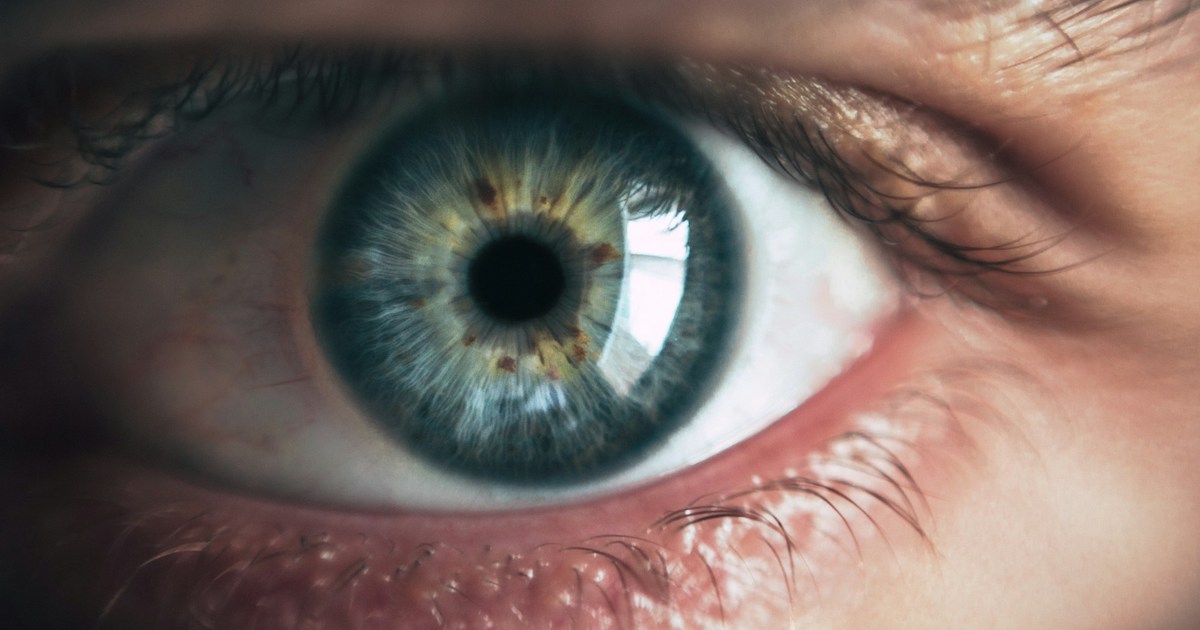A brand new research from South Korea has demonstrated the usage of AI fashions to probably diagnose and stratify consideration deficit hyperactivity dysfunction by analysing eye photographs.
FINDINGS
Researchers from Yonsei College Well being System have used 4 machine studying fashions and the AutoMorph deep studying pipeline to analyse roughly 1,108 retinal fundus images from over 600 youngsters with ADHD and kids with typical growth.
Based mostly on findings printed in npj Digital Drugs, all 4 fashions confirmed excessive accuracy, reaching as much as 96.9%. These AI fashions additionally confirmed excessive efficiency of as much as 87.3% in predicting the diploma of impairment in visible selective consideration, a capability that ADHD sufferers are often challenged with.
The research additionally recognized consultant signs of ADHD by deriving key retinal options by way of a Shapley Additive Explanations evaluation. These embrace elevated vascular density, decreased arterial vessel width, and adjustments within the optic disc construction.
WHY IT MATTERS
ADHD is a neurodevelopmental dysfunction that’s troublesome to diagnose shortly, says the Yonsei College researchers. Challenges in analysis embrace sufferers’ excessive subjectivity, the variability of signs amongst people, and overlapping signs with different present situations.
Contemplating the established function of dopamine in retinal operate and ADHD signs, the researchers checked out retinal photographs as a possible ADHD screening biomarker of their research.
Finally, they proved the potential of retinal photographs as an ADHD biomarker and fast screening software.
“Fundus examinations are quite simple, taking lower than 5 minutes. It appears these can be utilized as a fast check to observe the effectiveness of ADHD remedies,” mentioned Keun-ah Cheon, professor of Paediatrics at Severance Hospital and co-research lead.
THE LARGER TREND
Most digital improvements that got here out over the previous years have solely complemented ADHD administration, like a cell utility developed at Flinders College in Australia and a digital therapeutics-based program by Singapore’s Institute of Psychological Well being and native startup Neeuro.
In the meantime, eye and eye image-based screening applied sciences, augmented by AI, have additionally been utilized to diagnose or predict different neurodevelopmental situations, notably autism spectrum dysfunction. Lately, a researcher from Waseda College in Japan demonstrated the usage of eye-tracking expertise to check youngsters’s responses to predictable motion stimuli, which was discovered to have potential as a behavioural marker for early autism analysis.
